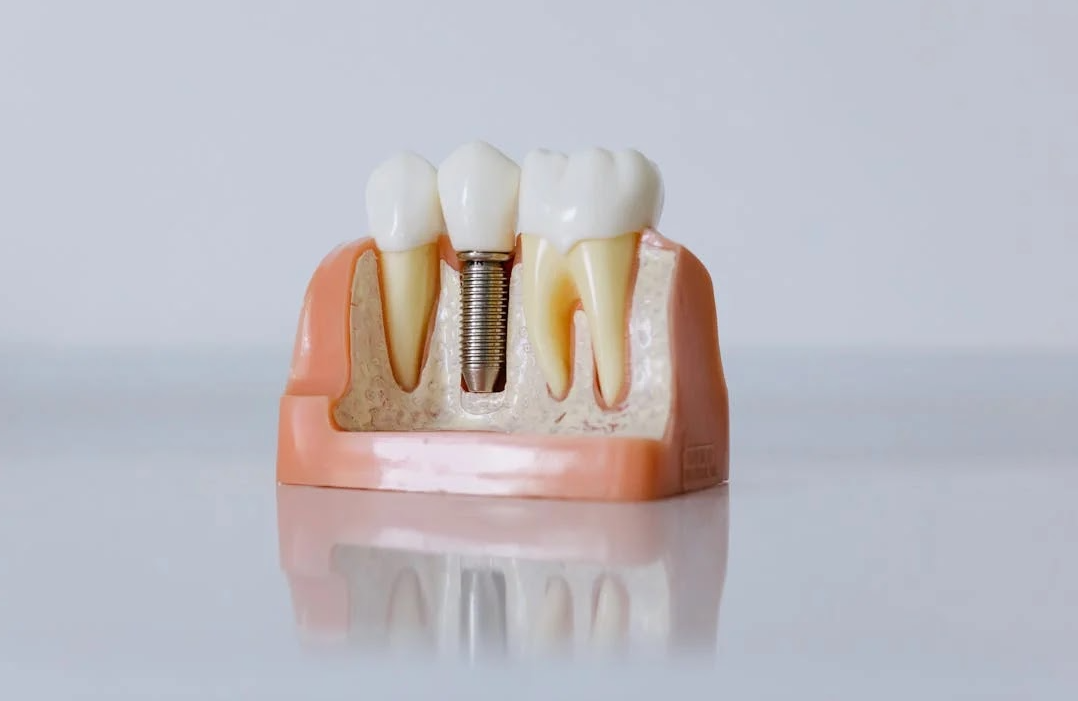Have you been advised that you do not have enough bone for dental implants and that dentures are your only option? Some people may end their research at this point, but there are several groundbreaking procedures designed for patients like you.
First and foremost, conduct your research and find not just a cosmetic dentistry office, but a dentist with considerable skill, training, and experience in addition to fundamental dental implant instruction. Dental implants are complex, sophisticated devices that require specific training to fit and put correctly.
Patients with severe bone loss can be treated by doctors with the necessary experience and surgical abilities to do these surgeries. Start with “implant dentist near me” and see where your research takes you. If you are missing a bone, you have two major options.
1. Dental Implants Using Existing Bone
My objective with these operations is to reduce the amount of grafting required to give permanent dental implants, allowing you to return to a high quality of life quickly.
Depending on where in your mouth you are missing bone and teeth, there are many approaches to using existing bone.
For Upper Jaw Bone Loss
Zygomatic Implants
Unlike typical implants, zygomatic implants are extra-long and secured in your cheekbone, known as the “zygoma.” This therapy is significantly less invasive than bone grafting and takes much less time.
Pterygoid Implants
A type of implant that is inserted in the upper molar region where your wisdom teeth were previously located. A pterygoid implant cannot function alone. It must be attached to other implants in order to be useful.
Trans-Sinus Implants
These dental implants are placed through the sinus cavity and into the piriform rim of the nose. The goal is to contact the firm “cortical” bone.
Prosthetic Rebuilding
Instead of grafting, they fill in the spaces with pink ceramic porcelain.
For Lower Jaw Bone Loss
Subperiosteal Implants
These dental implants are no longer widespread since they are placed on or above the jawbone rather than under the gum line. This type of implant may be used in patients who are unable or unwilling to undergo bone augmentation procedures to restore bone.
Nerve Repositioning
In rare cases, this operation is used to replace lower back teeth when the bone is not tall enough to support an implant. There should also be a little gap between your top and bottom teeth.
The main goal of these operations is to eliminate the need for traditional or snap-on dentures, avoid extensive bone grafting, and reduce the time it takes to have beautiful, genuine teeth.
2. Bone Grafting for Dental Implants
Bone grafting is a treatment that uses transplanted bone to replace and regenerate lost jawbone. Implants must be firmly fixed to the jawbone in order to function properly over time, and bone grafting can help reinforce and thicken the implant site. It allows you to have a beautiful and functioning smile again.
There are four major categories of bone grafting materials:
- Autogenous
This bone originates from your body. Common donor sites are the chin and wisdom tooth portions of the jaw. If a substantial amount of bone must be extracted, the hip or shin bones can be used.
- Allograft
Bone derived from a human tissue donor and stored in a bone bank. This is extremely safe and provides a significant amount of bone. The bone has undergone chemical treatment and cleaning.
- Xenograft
This one refers to the implantation of bovine (cow) bone. A xenograft is safe and has been used successfully for many years.
- Alloplast
It’s a synthetic or artificial bone. This should only be utilized in certain situations and is not suggested for advanced grafting techniques; fake bone does not bond as well as natural bone.
These materials can be employed in a number of bone grafting procedures, including sinus lifts, guided bone regeneration, extraction socket preservation, block grafting, and more. Implants can be put and secured by promoting bone growth and strength.






































No Comments